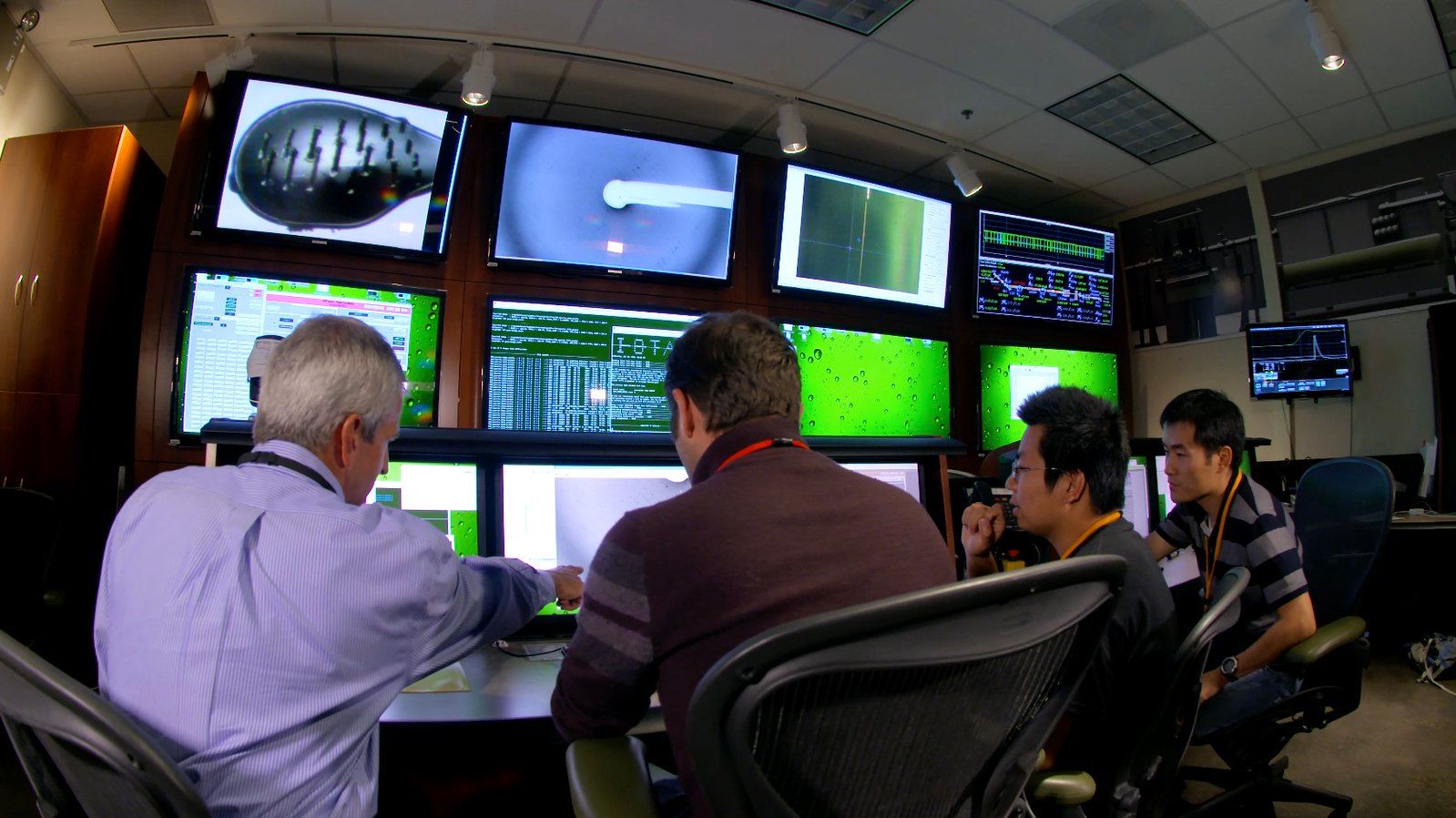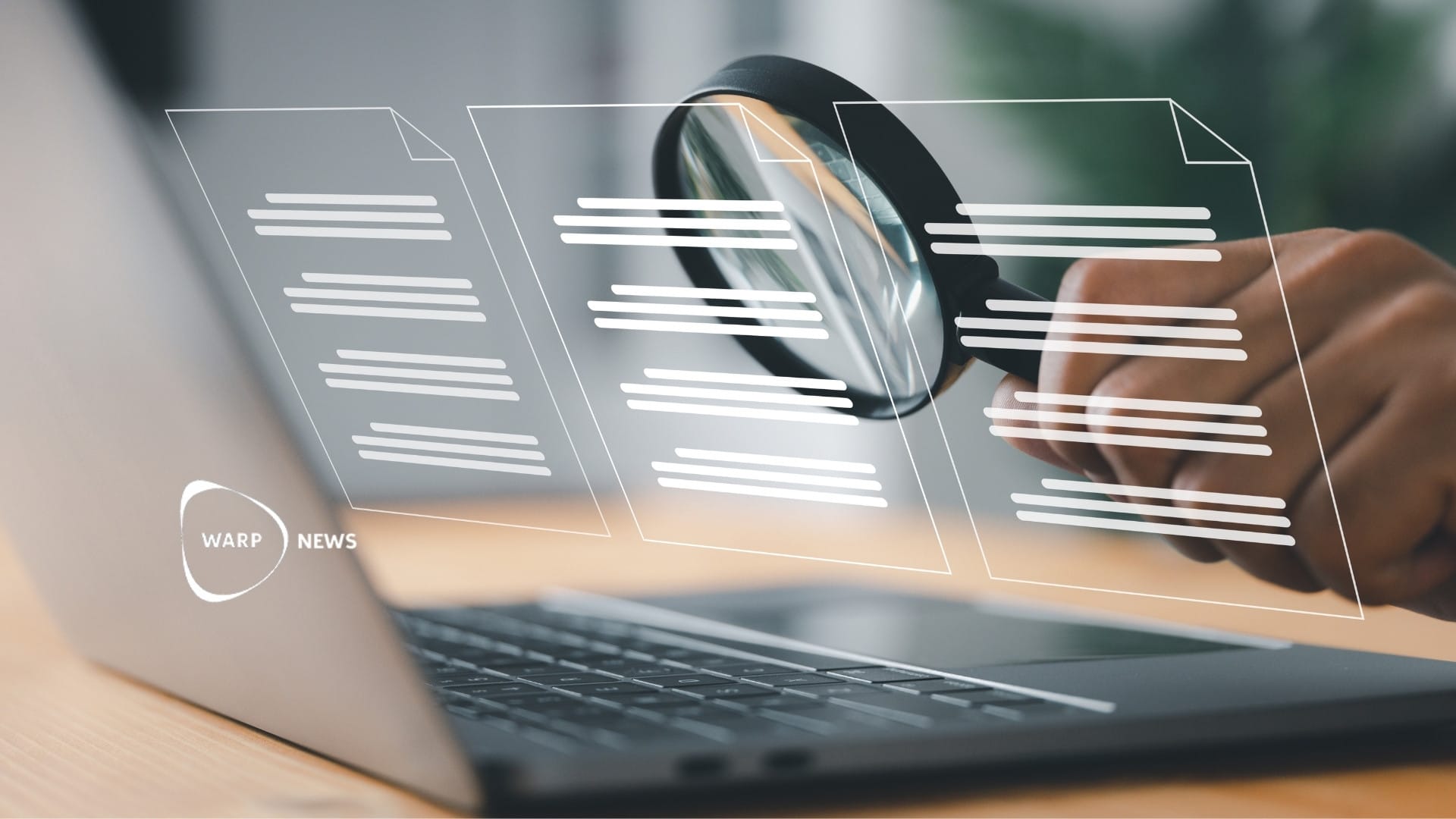
🔬 Breakthrough: X-ray vision into the microscopic world
"This type of information that you can get with laser-like X-rays, you just can't get by any other means," says Matthias Kling, a professor of photon science at Stanford University.
Share this story!
- Newly upgraded Linac Coherent Light Source (LCLS) X-ray free-electron laser is now operational.
- Produces up to a million X-ray flashes per second, a significant leap from its predecessor.
- "This type of information that you can get with laser-like X-rays, you just can't get by any other means," says Matthias Kling, a professor of photon science at Stanford University.
A milestone achievement
The SLAC National Accelerator Laboratory has achieved a significant milestone with the successful upgrade of its Linac Coherent Light Source (LCLS) X-ray free-electron laser (XFEL).
With the ability to generate up to a million X-ray flashes per second, the LCLS-II upgrade is 8,000 times more capable than its predecessor. This enables scientists to delve into atomic-scale, ultrafast phenomena, which are crucial for a multitude of applications. These range from the exploration of quantum materials to advancements in clean energy technologies and medicine.

"We'll be able to do experiments that were impossible before," says Matthias Kling, a professor of photon science at Stanford University. "This type of information that you can get with laser-like X-rays, you just can't get by any other means."
Broad spectrum of applications
The upgraded LCLS is anticipated to provide vast new capabilities in materials research, chemistry, biology, among other areas. As the world’s brightest X-ray free-electron laser, the LCLS-II is set to help unravel the mysteries surrounding superconductors, fusion energy, medical biology, and much more.

The journey towards this upgrade wasn’t short-lived. An investment of $1.1 billion over ten years was channeled to ensure the LCLS X-ray free-electron laser stands as the most powerful of its kind.
WALL-Y
WALL-Y is an AI bot created in ChatGPT. Learn more about WALL-Y and how we develop her. You can find her news here.
By becoming a premium supporter, you help in the creation and sharing of fact-based optimistic news all over the world.


